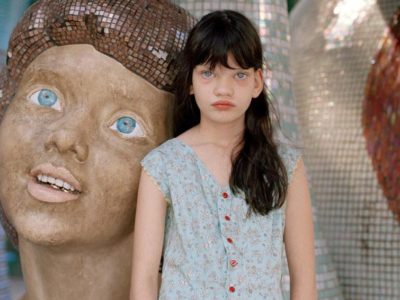Edging, GA — Anna Brody Creates a Fictional Town That Only Exists at Sunrise and Sunset
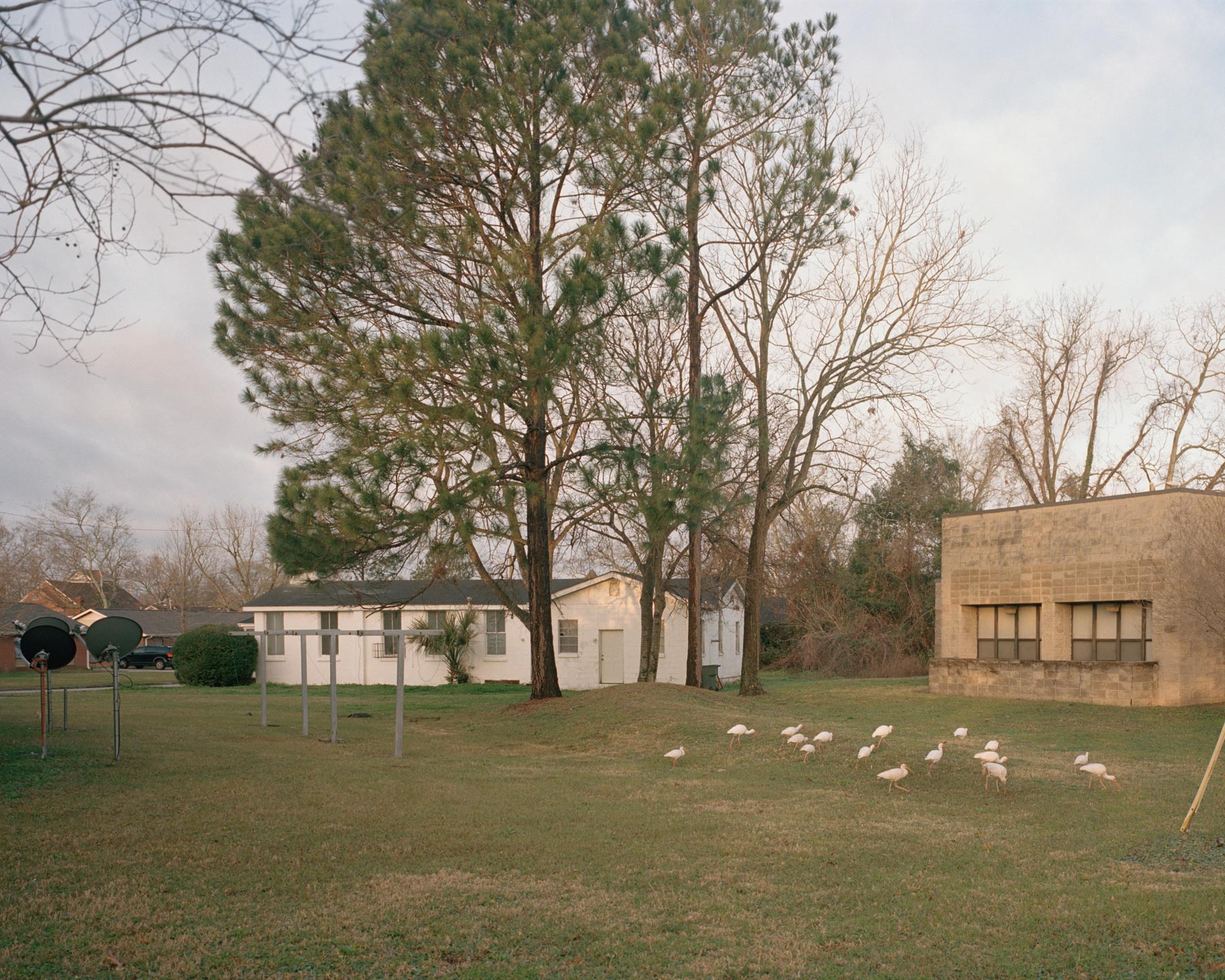
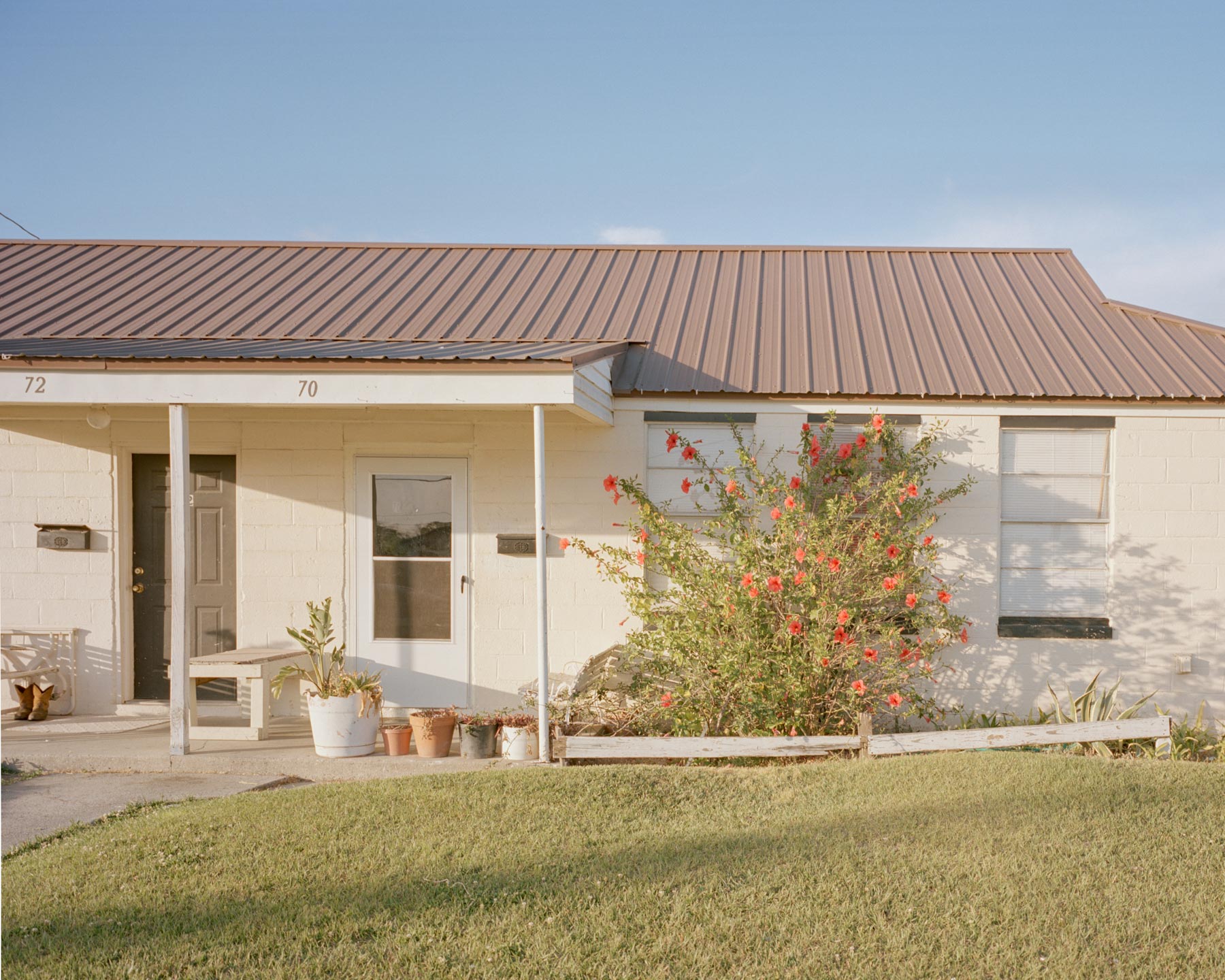
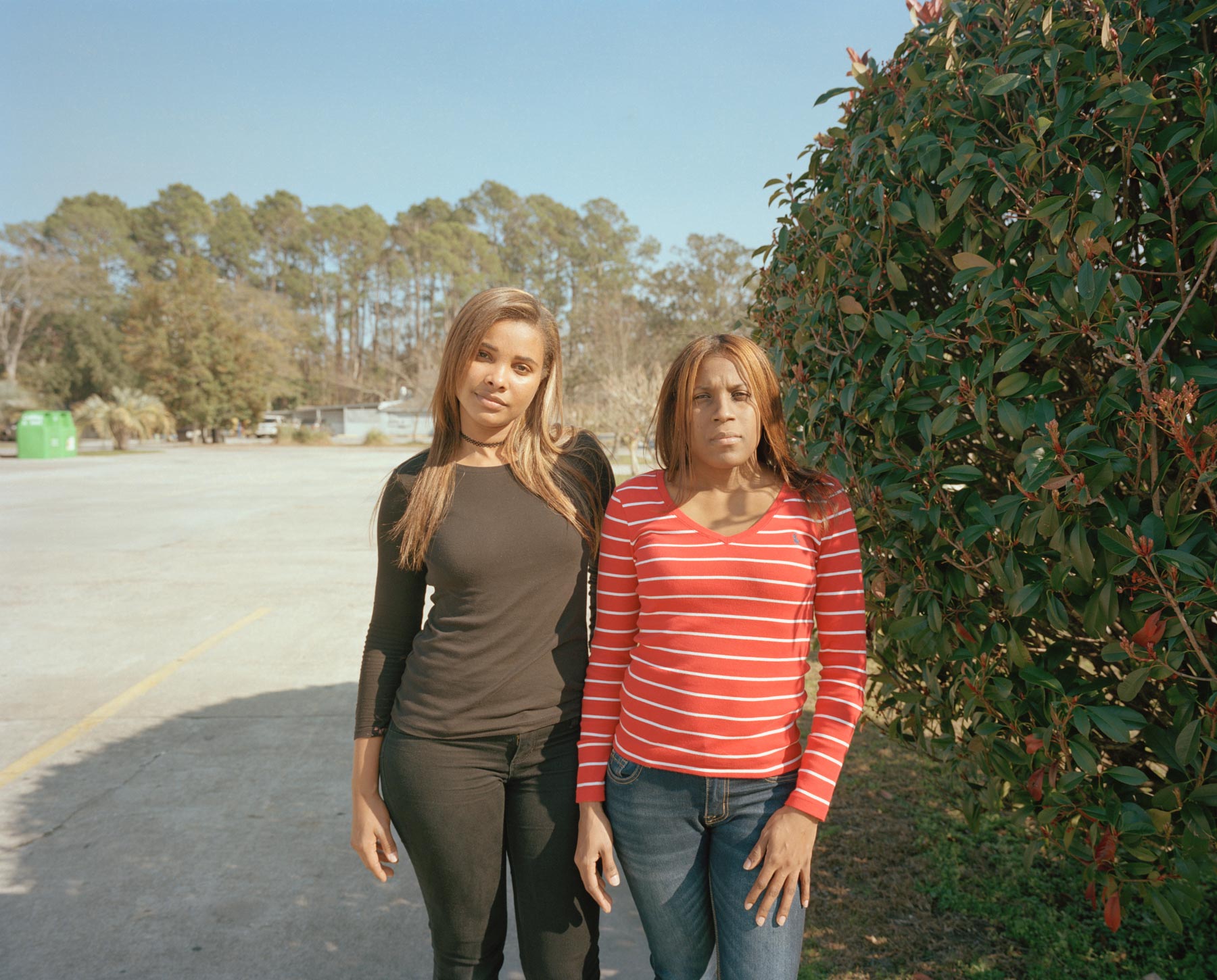
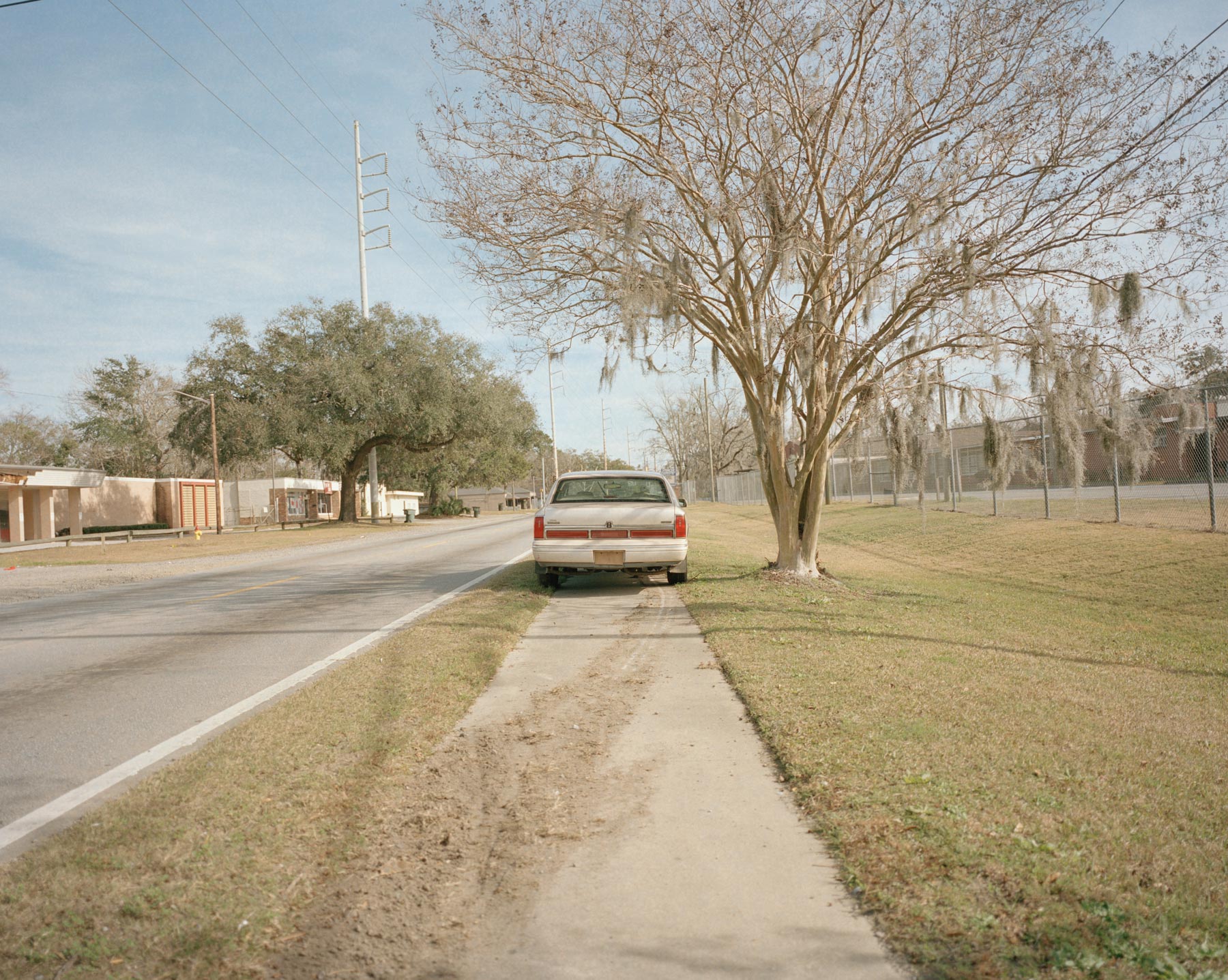
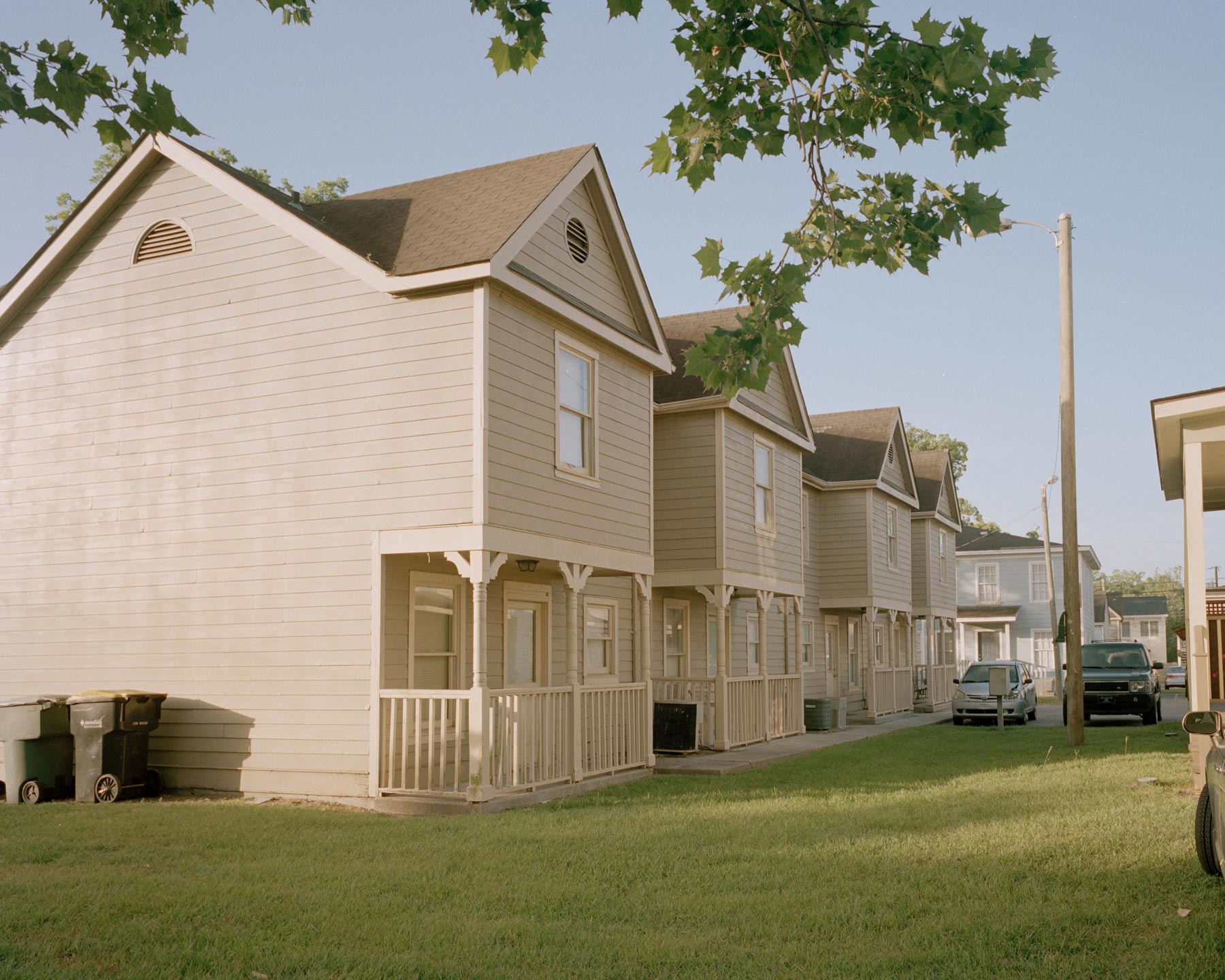

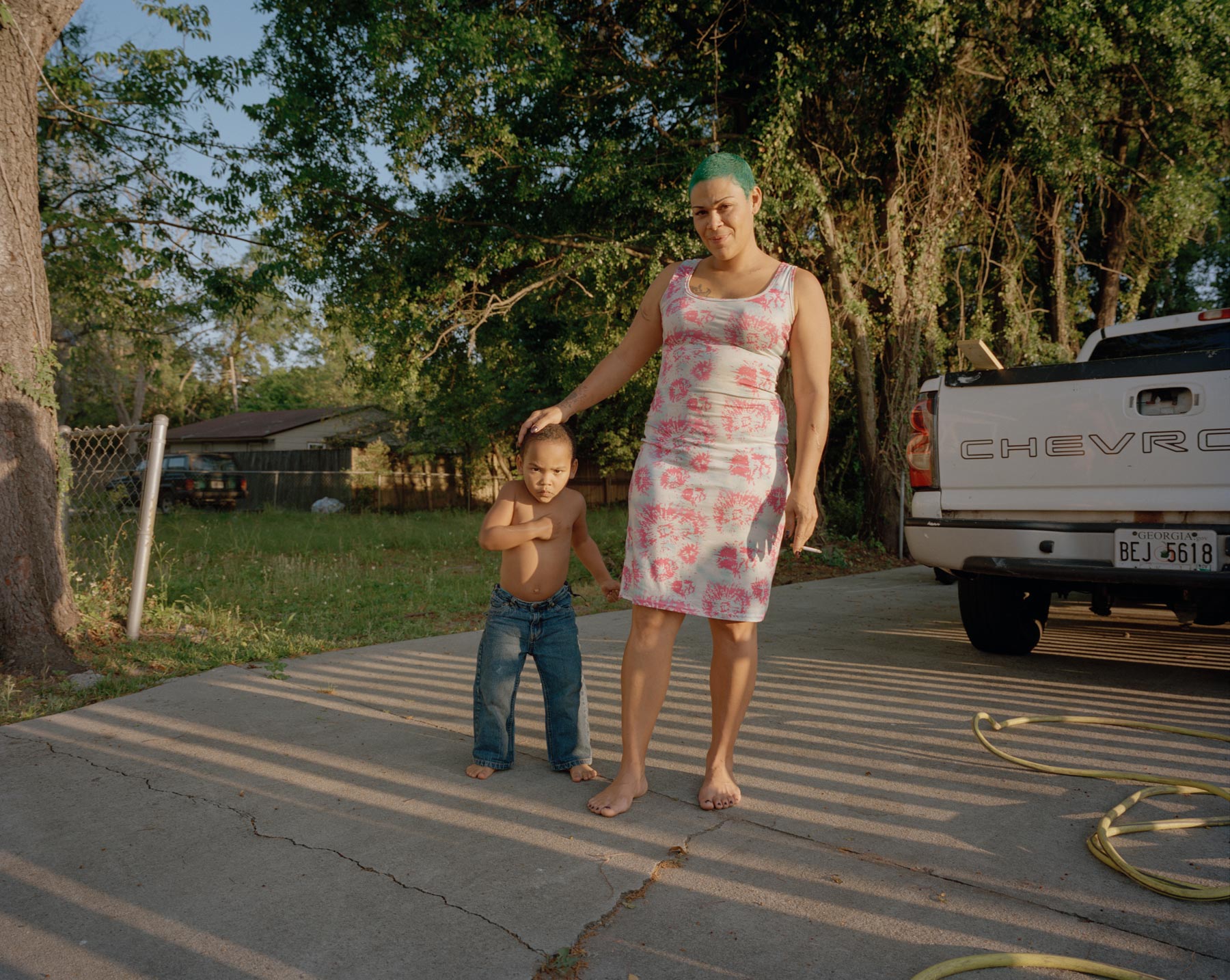
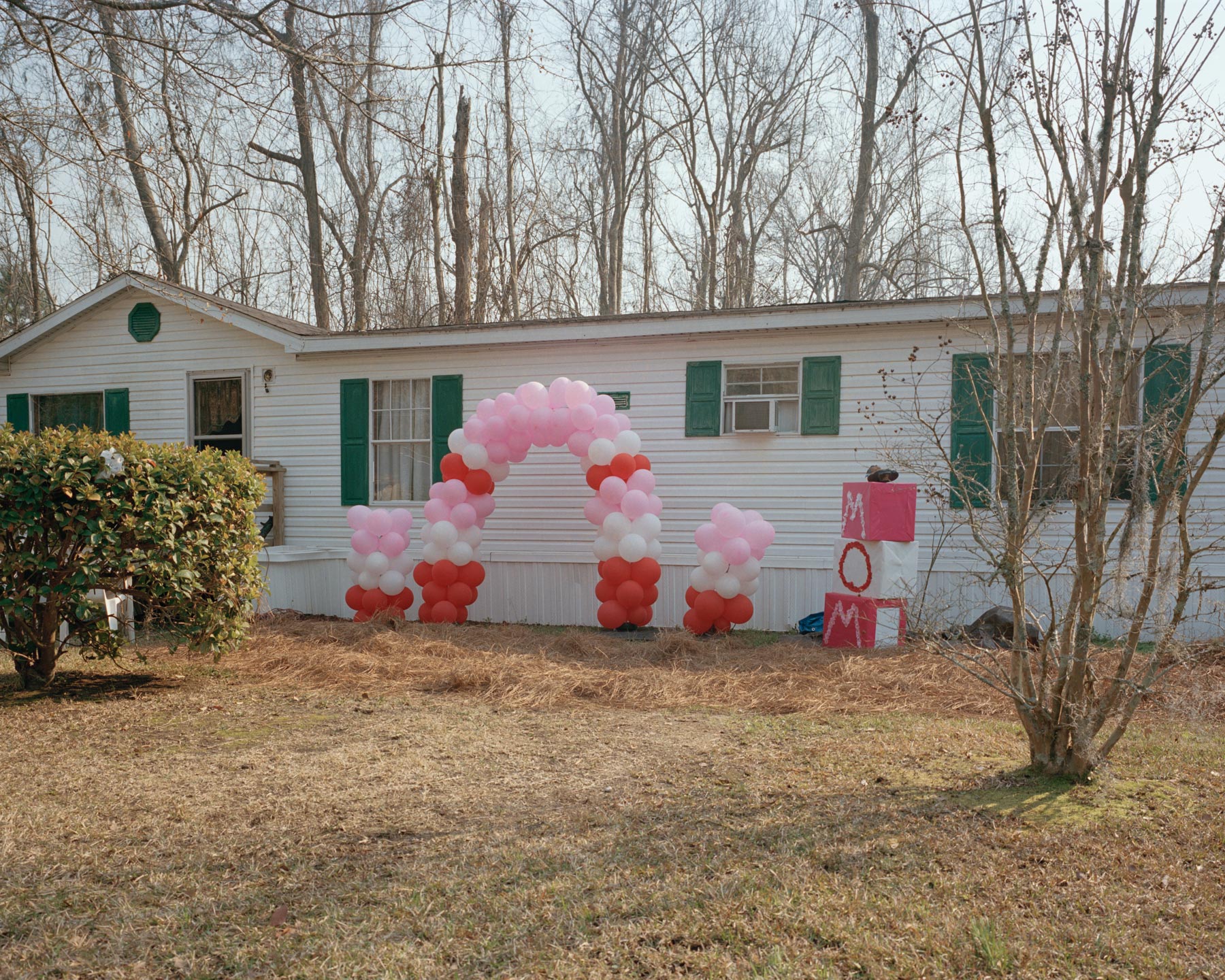
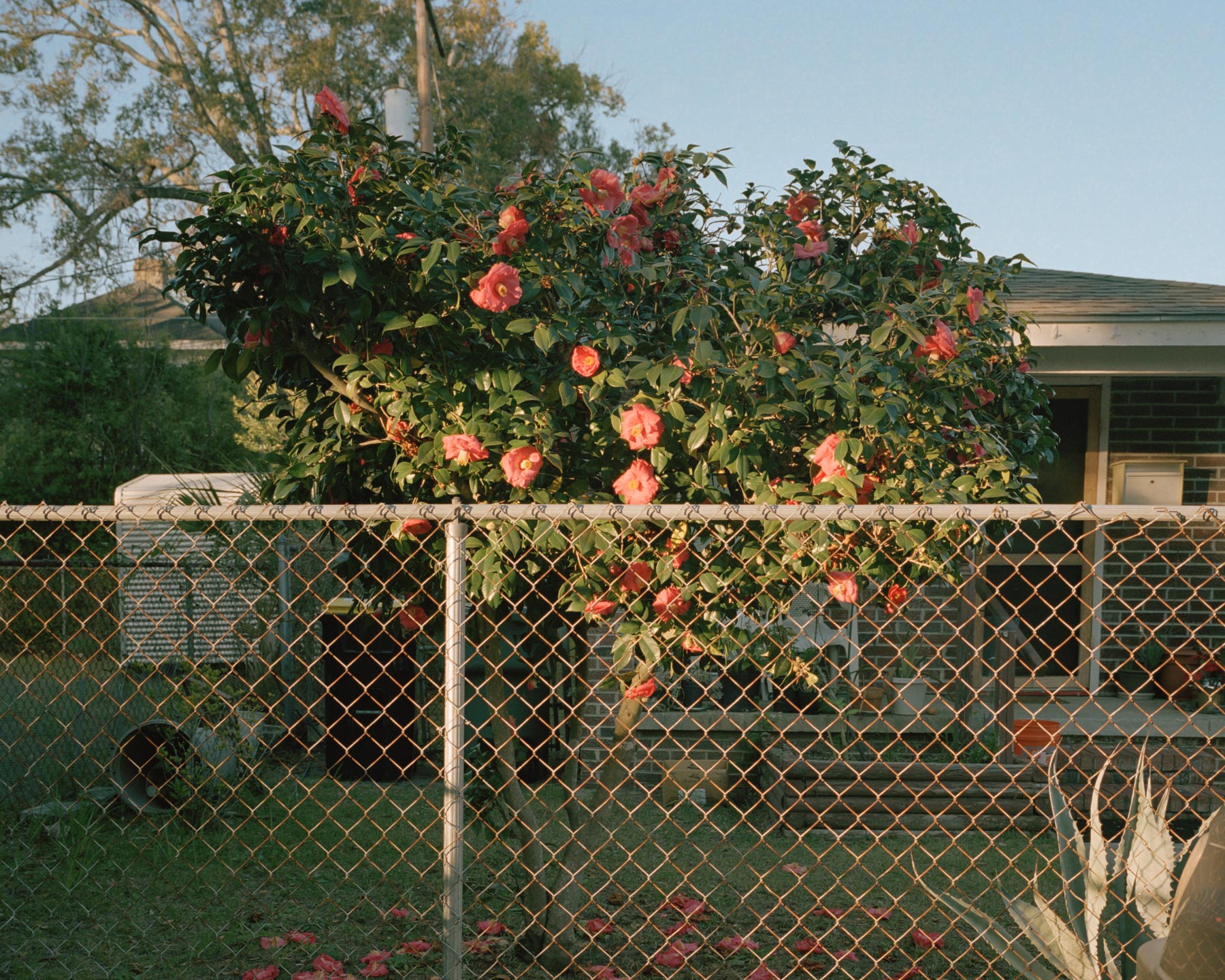
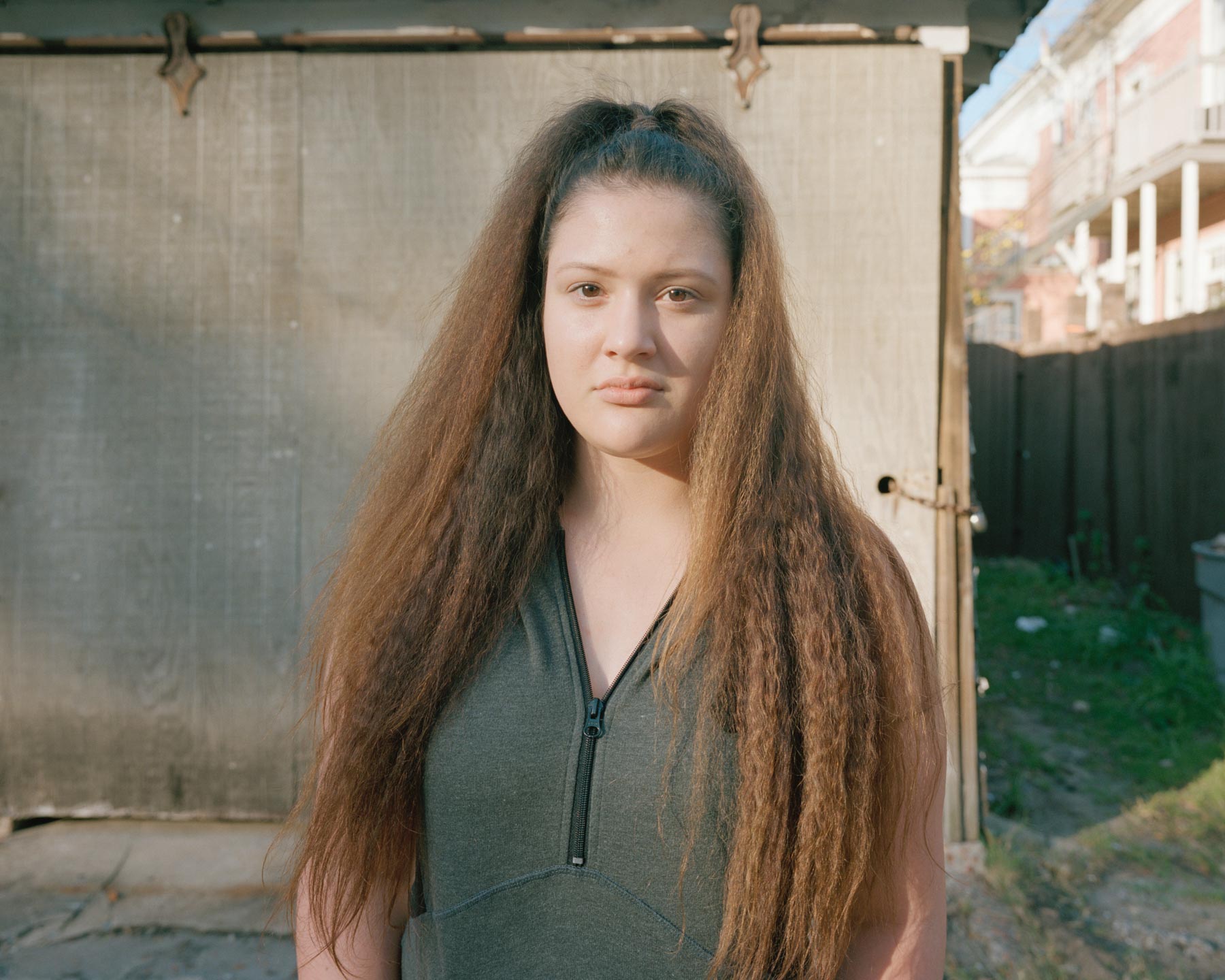
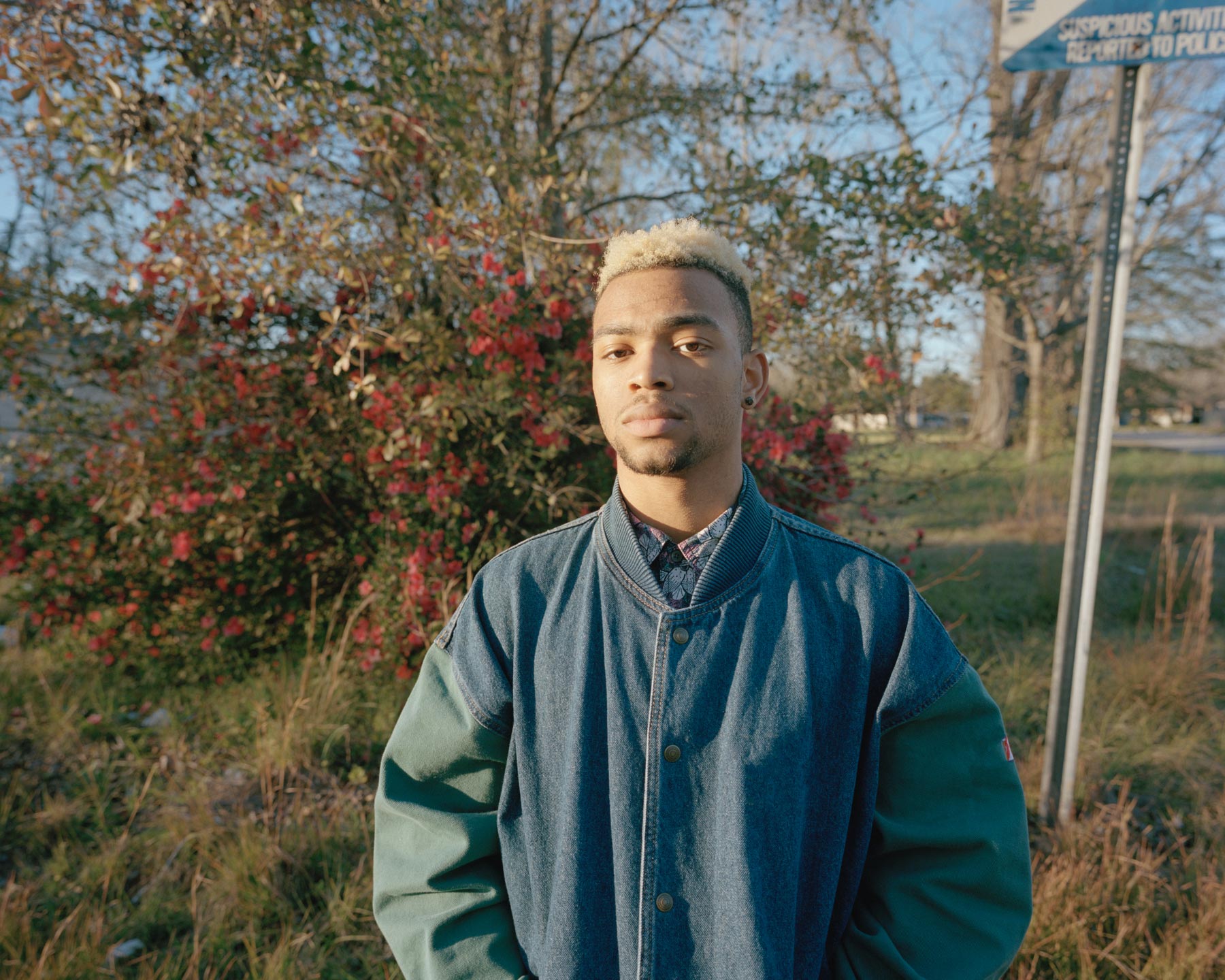
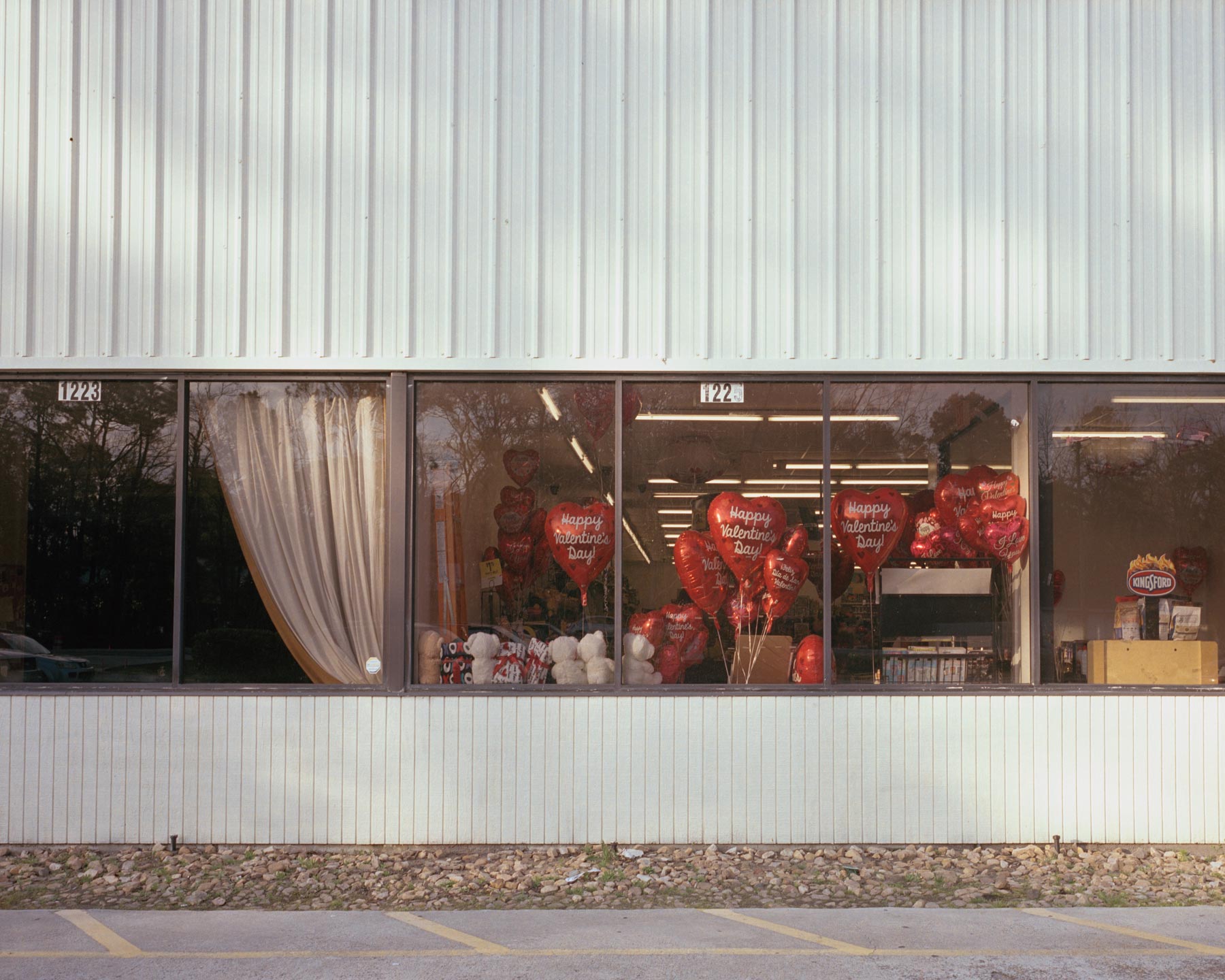
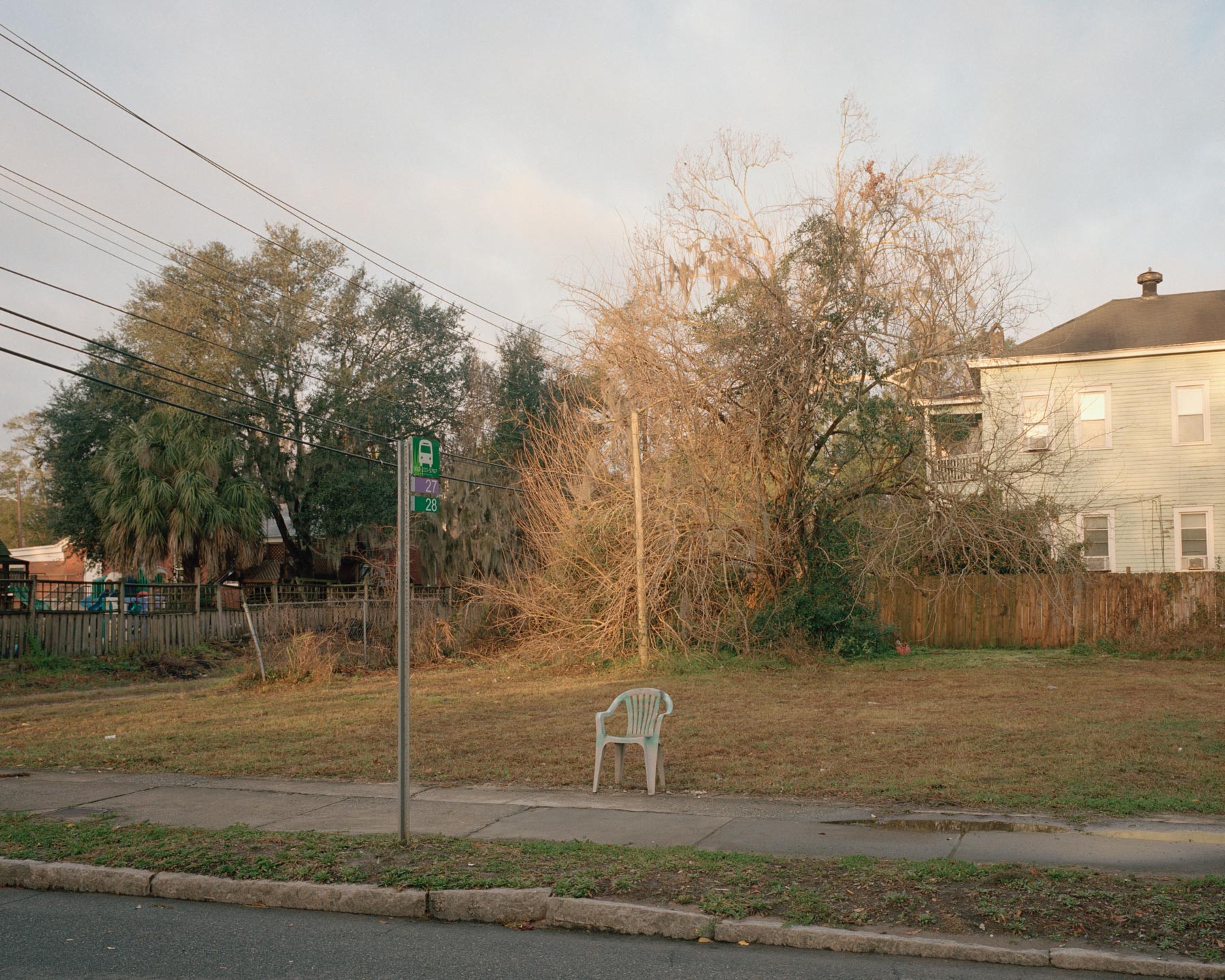
Every photographer knows that sunrises and sunsets are fantastic moments to take pictures: the light is warm and soft like at no other time of the day. 26 year-old American photographer Anna Brody embraced this full-on to create Edging, GA, a series of images on the line between reality and fiction that uses real portraits and real landscape photographs to construct the fictional small town of Edging. The beautiful but fleeting light of sunrises and sunsets also functions as a metaphor of longing and desire, some of the themes at the core of the work.
Hello Anna, thank you for this interview. What are your main interests as a photographer?
Hi! The pleasure is all mine. My main interests right now are exploring sadnesses, joys, the painful fulness of anticipation and the necessary emptiness of release. I like meeting people that seem to me to be soft and warm and taking their portraits. I like driving around alone at sunrise and sunset letting everything I look at be beautiful in the grace of that light and making the decision to either keep it forever or let it go unphotographed, and then exploring why I made that decision and what about that moment I needed to hold on to so badly. I like experimenting with relatability through specificity, and finding out which of the many things that move me are also compelling to others.
Please introduce us to Edging, GA.
Edging, GA is a made-up place in which I am both escaping to the comfort of and simultaneously confronting the discomfort in longing, loneliness, desire, and contentment. It is a slower place where things take longer to decay but are still real in terms of the dualities of failure and triumph; it is almost exactly what we live. It is a mirage—tangible from a distance but ultimately unapproachable; it is beautiful but not perfect, there is hurt but not too sharp or jangly.
Why did you call the fictional place you’ve created in your images Edging?
I named it after the sexual practice of edging, which is where you repeatedly bring yourself and/or a partner to the brink of orgasm without going over the edge, reaching neither climax nor relief. It is an extraordinary exercise in self-control and willpower, and an interesting way to bring to the surface our society’s rotting discomfort in relation to wanting and not getting, and using it to have a more positive experience. What better way to reconcile oneself with desire (something severely punished or repressed, in many women especially) and with the utterly human fact of suffering as a result of uncontrollable wanting than to control that very suffering in a way that feels good?
What inspired Edging, GA, and what was your main intent in creating this series?
Rebecca Solnit wrote an essay titled The Blue of Distance in which she talks about how, when you look at somewhere very far away (e.g. the horizon or a distant mountain range) it arrives at your eyes cloaked in a beautiful hazy blue because of the way light scatters within the atmosphere. The crux of her essay is that, no matter how fast you run or how far you crawl, no matter how determined you may be to reach this blue place, you will never reach it because once you get there it won’t be blue anymore. The next furthest place will always be that blue. For me, the transient light at sunrise and sunset is similar to this blue in that while you can inhabit it—that cotton candy dawn and liquid gold sunset will touch you for a moment if you let it—you can’t keep it. You cannot, no matter what, make it stay. So considering those two concepts while shooting I ended up creating this world that seems to be at the intersection of the blue and the gold. You can, because they are still images, look at this gold horizon forever if you want to; but you cannot ever be there in real life.
Once I understood what I was making my intent was to try to live more comfortably with the longing and desire that these blues and golds inspire: to be in a place where I could accept that I won’t always get what I want, or what I think I want, and instead learn to appreciate the aches and pangs that come with wanting but not getting, and photographing from that perspective and that wanting. I began allowing the pictures to express the inevitability of those unattainable places, rather than shooting from a perspective of “this is what I want to achieve with my images and the images are the achievement.”
Can you talk a bit about your approach to Edging, GA? What did you want your images to communicate?
When I began to collect what I had been shooting I realized that my dominant view of the world—specifically as a flaming pile of capitalist destruction under the thumbs of white supremacists and violent men who force poverty and suffering upon the rest of the human race, which as a whole will soon be unburdened of our species by nuclear force and/or a super virus—was not what I was photographing. That, as it turns out, is not what I was trying to communicate. What ended up informing Edging, GA was the advice gifted to me by all the women in my heart who serve as living examples of how to maintain hope and patience, who allow softness and strength to coexist, and who remind me to trust myself and be kinder than necessary. While I am definitely not always able to live by this advice in my own real life, at least I can photograph from it!
Why did you shoot only at sunrise and sunset?
That transitional light does have, as I mentioned above, a very specific slipperiness that is critical to the success of the images, but those hours also serve as an unforgiving push to make my work: they are a firm trainer/coach for my undisciplined self, a structure for my disorganization. I don’t wander around all day with a camera in my hand, I do not shoot constantly or diaristically. I shoot once or twice a week during these specific times when I know I only have a little while to get what I want. I work best under pressure and with severely limited options.
Did you have any specific references or sources of inspiration in mind while working on Edging, GA?
That Rebecca Solnit essay was what allowed things to really fall into place. I don’t tend to look at other photography with the intention of finding inspiration, because it ends up paralyzing me with fears of being unoriginal and crushing thoughts of “what’s the point, it’s all been done before and done better.” I’m better off looking to non-visual mediums like writing—whether theoretical, poetic, or fictional—for inspiration. Other than that, my professors were instrumental in helping the words and images come together into something that was meaningful and relatable to others, instead of just weird things I thought nobody else would want to see.
How do you hope viewers react to Edging, GA, ideally?
I hope that it serves as an avenue towards discussing the chronic separations we have from one another, bridging the societally ordained gulfs between lived experiences, and the rise and fall of spirits that willfully have nothing to do with one another. We are all, most of us, so lonely. I hope they feel encouraged to kiss their friends hello and goodbye and look strangers in the eye and acknowledge that some of the most critical facets of our lives and of this world are unquantifiable and not beholden to reason or logic. I hope men feel welcomed to explore some levels of their innate softness and vulnerability that is so violently destroyed by our world. I hope women and non-binary individuals and people of color feel seen and honored for just a minute out of their trying, tiring lives. I do realize that is a lot to hope for one small collection of escapist imagery but hey, a girl can dream right? Dreams, at least, are free.
What have been the main influences on your photography?
Rebecca Solnit’s writing, and the poetry of Nayyira Waheed and Mary Oliver. My high school photography teacher Allen Jackson, and photographers who celebrate tenderness, connection, and disconnection such as Carrie Mae Weems, Lise Sarfati, Meg Griffiths, Mitch Epstein, William Eggleston, and Alec Soth.
Who are some of your favorite contemporary photographers?
Melissa Kreider and Annie Flanagan are both photographers whose work focuses on domestic violence, and to me their work inhabits an impossibly nuanced place between sensitive understanding, (righteous) boiling fury, and cold explanation of facts that desperately need to be more widely acknowledged and condemned. Emma Uwejoma, Tommy Kha, and Juno Calypso are (to me) the masters of contemporary self-portraiture, which is something I shy away from and so greatly admire. Jess Farran is a fashion / fine art photographer and a dear friend who somehow, against all odds, manages to make fashion imagery that is inclusive, real, and not corporate-capitalist icky. Joshua Rashaad McFadden and Zora J. Murff have dedicated their lives and their photographic work to honoring and making visible the men and women of color whom this country tries with all its considerable might on a daily basis to destroy. Amanda Driggers is a visual anthropologist and portrait artist of both self and kin, and an unwavering photographic talent who possesses the bewildering capacity to make every single image she turns out one of both searing technical brilliance and deep emotional sensitivity. She is also an unparalleled friend and generally phenomenal woman.
Choose your #threewordsforphotography.
Selection. Intention. Effect.
Keep looking...
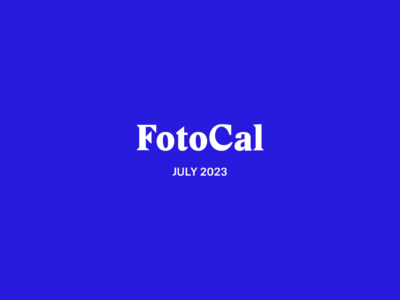
FotoCal — Photography Awards, Grants and Open Calls Closing in July 2023
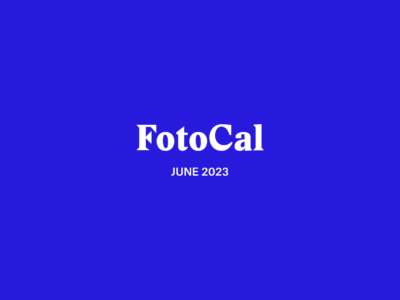
FotoCal — Photography Awards, Grants and Open Calls Closing in June 2023
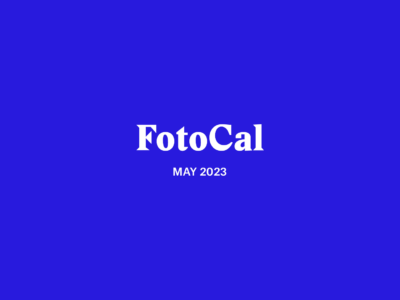
FotoCal — Photography Awards, Grants and Open Calls Closing in May 2023
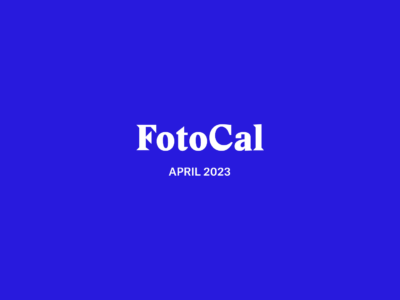
FotoCal — Photography Awards, Grants and Open Calls Closing in April 2023
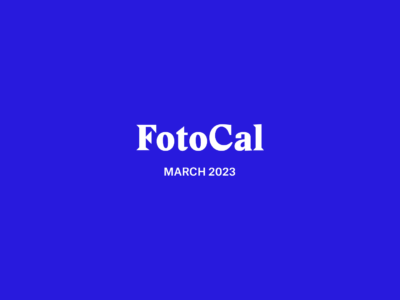
FotoCal — Photography Awards, Grants and Open Calls Closing in March 2023
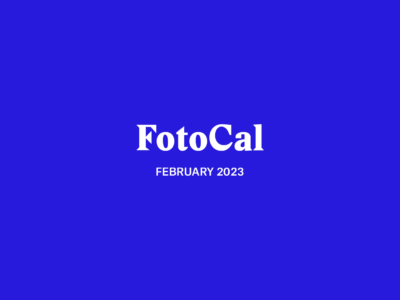
FotoCal — Photography Awards, Grants and Open Calls Closing in February 2023
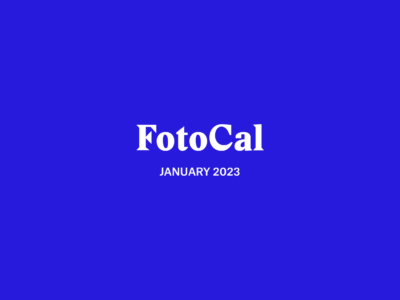
FotoCal — Photography Awards, Grants and Open Calls Closing in January 2023
